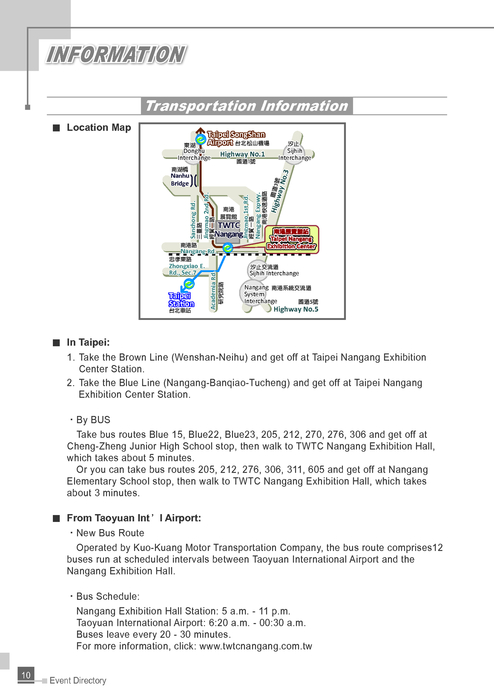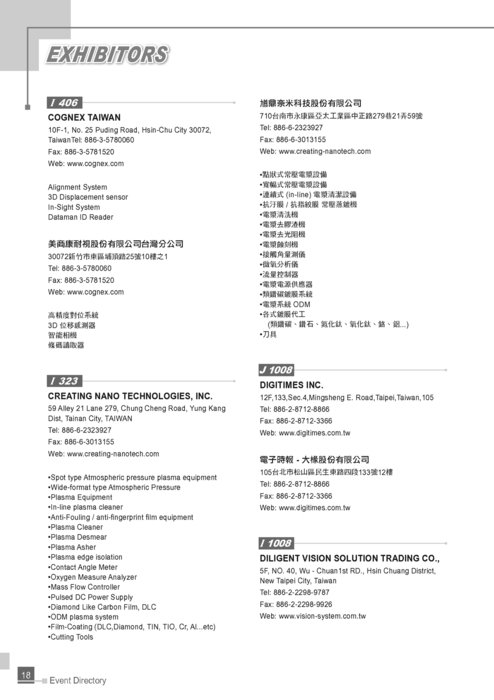|
|
This review first appeared in the August 2014 issue of high-end hifi magazine fairaudio.de of Germany. You can also read this bFly Audio review in its original German version. We publish its English translation in a mutual syndication arrangement with the publishers. As is customary for our own reviews, the writer's signature at review's end shows an e-mail address should you have questions or wish to send feedback. All images contained in this review are the property of fairaudio or bFly Audio - Ed.
|
Reviewer: Ralph Werner
Financial interests: click here
Sources: VPI Scout II/JMW 9T, Denon DL-103, Ortofon MC Rondo Bronce, Shelter 201, B.M.C. Audio MCCI ; Luxman D-05 ; Logitech Touch, Audiodata MusikServer, Readynas Duo NAS Server, HP notebook, M2Tech hiFace, Benchmark DAC1 USB
Amplification: Octave HP300 with MC phono, Musical Fidelity M8 700m, Denon PMA-2010AE
Loudspeakers: Dynamikks Monitor 8.12
Rack: Creaktiv Trend 3
Power delivery: Audio Black Magic
Cables: fis Audio Studioline, Premiumline Lifetime; Ascendo tri-wire loom; Dynamikks Speakerlink; Ecosse ES 2.3, Zu Audio Libtec; Vovox; Wireworld Series 7 Starlight Gold digital coax, Aqvox USB
Review component pricing: €89/4 and up Master, €69/ea. and up Stage
|
Strange association. Browsing bFly Audio's website, I couldn't help but flash on the athletic shoe shop where I'd bought my last pair of joggers. They've got great variety there not just for colours but specific damping levels – for pronating ankles, hypernating ankles, flat feet, highly arched feet, spread feet and Juju knows what other permutations. Thankfully colour options with Reinhold Schäffer's absorbtive shoes or better, feet limit themselves to silver and black. Just so, depending on your running style and terrain – er, component category and weight, there's lots to pick from. If I've not screwed up my math, bFly currently offer 20 ‘hifi shoes' across seven different lines. Hello!
Whether you need new soles for your speakers or valve amp, source or power strip, bFly have purpose-designed solutions for each application and type. Within a particular range, their differentiator is weight-bearing capacity. That seems sensible when bFly Audio don't condone pure coupling by which we mean, redirecting mechanical resonances to ground or shelf as spikes (purport to) do. They instead champion defined decoupling whereby input mechanical energies are converted to heat via absorptive materials. Think natural kautschuk, cork and Sorbothane. Their elasticity turns these footers into a type of mass-loaded spring system. How could a one-size-fits-all footer be right for heavy power amps and light D/A converters alike? With bFly's approach, it's perfectly logical that spring compliance should be matched to the mass it's supposed to isolate. I'd already had good results with bFly products during an earlier turntable accessory assignment. Since then, my analogue tuning arsenal includes a number of mats and record weights. This time, we received two different absorber footers, one which the maker calls from his ‘Master' line, the other set from his newest range called ‘Stage'.
Their fundamental makeup is similar but not identical. The master footer consists of five layers (a cork/kautschuk mix, aluminium body, cork/kautschuk mix, Sorbothane and finally pure Kautschuk) with adjustable suspension via three different aluminium inserts for the bottom to adjust the maximal load bearing capacity. The Stage adds an aluminium plate with central depression which welcomes the seventh element, an about thumb-wide aluminium half sphere with 10mm rise. Dubbed 'conductor', it couples component to footer. 'Suspension theory states that energy transfer is most effective when bodies to be coupled are made of the same material' is how Schäffer explains why his coupler is aluminium. Most hifi gear is made of metal and often aluminium at that. The small circular mound atop the flat part is meant to ease placement with component bottoms which are festooned with screw heads. The swivel principle of the Stage footer adapts to uneven component bottoms and guarantees lateral stability since the part is captive inside its hollow.
|
Sonic impressions. How does one review footers? The basis should be a well-balanced transparent system which one is well familiar with. After all, accessories are about fine-tuned optimization, not worlds of difference. With that in place, it's a relatively easy and quick process which entails no backbreaking schleps or break-in shenanigans. Important to me was to try these footers beneath different gear to expand my horizons. Hence the bFly Master and Stage units ended up under my Luxman D-05 CDP/DAC, B.M.C. MCCI phono stage, Octave HP300MkII preamp and—for real!—my Audiodata music server. Granted, I won't spend long on the last experiment since it exhibited the smallest benefits. That any changes factored at all was simply a surprise.
| Let's kick off with a component category where the presence/reduction of microphony effects had me anticipate greater changes that would seem directly related to the efficacy of isolators/decouplers: the phono stage. And indeed, with B.M.C.'s phono preamp, I netted bigger gains than with the music server. I cued up Andreas Schröder's Where the Wild Oceans end LP. With the bFly Master under the MCCI, the song 'Streets of Berlin' felt a touch more sonorous. In particular I had the impression that the bass runs had more presence. A smaller trade-off was that the upper ranges seemed a tad less open and stage illumination didn't extend as far back. This changed with the Stage footer which lightened up the overall scenery compared to the Master. I shuffled back and forth a few times and finally reverted to the deck's own footers. In the end, I must confess to having expected bigger changes. The B.M.C. seemed relatively immune to playing footsies. In my system and to my taste, I'd go as far as saying that it sounded most balanced with its own shoes. Again, that's relative to hardware and listener bias. Onward to the next component, Luxman's D-05 CDP/DAC.
|
|
Here I must clarify that the Luxman lives elsewhere than my phono stage, i.e. not directly on the Creaktiv rack but, via metal couplers, fins itself hard-mounted to a Phio Audio base with metallic top and synthetic stone core. In my experience, this scheme plays with more detail and bigger clearer staging than directly on the rack. What happened when I swapped my metal couplers for bFly's footers? With the Master absorber, I again had a slightly fuller more redolent presentation, arguably not as resolved in the treble as my hard couplers but for many listeners probably tonally more pleasant particularly on more critical fare. I'd not call Frau Schröder's Blackbird debut critical but because the effect was so easily heard on her 'Wrap me in your arms', I'll list it here.
|
| The guitar pickings were no longer as sharply ripped to focus more on the wood-body aspects of the instrument which was more satisfying. What's more, with the Master footer beneath the player, the bass didn't gain in definition (it didn't soften up either) but clearly was more voluminous. I liked that especially since for all my high regard of the Luxman player, I here and there wish for a bit more shove down low. The Stage footer more or less split the difference. It wasn't as resolved or spatially expansive as my usual metal bits; and not as redolent if more lit up in the treble than the Master footers. Contingent on taste, that could make for the perfect tonal balance.
Biggest payback with my hardware came by way of Octave's preamp. Perhaps that shouldn't have been surprising when especially preamp valves are so susceptible to microphonics. I'd previously experimented with parking the HP300 on a Phio Audio base like the Luxman but thought the outcome too dry and hard. Since then the Octave lives directly on the rack where it sounds well balanced to me. But nothing exists which couldn't be improved. With bfly's Master under the Octave, I had a rerun of earlier observations. The upper octaves became a tick more polite, the lower midrange a bit fuller. With this machine tending toward the faster and brighter rather than the juiciest bass, that was a good match. So far so good. I actually delighted in something else first, namely better focus and plasticity for the virtual stage actors. Due to its pleasingly airy treble, the HP300 manages to create mild haloes around individual sounds. With the Master footers, these songs seemed to peel out of their auras. I'm nearly pained to fall back on such verbiage but also feel hard pressed to do much better. Let's just say that the staging felt grippier, i.e. booked as a gain. But I saved the best for last. With the Stage footer, I retained the general Master flavour but tonally it was more neutral. Not only was body improved, staging was more expansive and particularly the depth perspective was better mapped. Obviously the latter effect was more specific with recordings that were encoded with proper depth in the first place, even if faked up in a studio.
| With Andrea Schröder's 'Streets of Berlin' number, that aspect of the Stage really surprised where other recordings simply have less going on 'way back there'. That's hifi basics for you. Finally I thought that resolving power moved up a click when I used the bFly footers. The spatial expander effect was apparent with my Dynamikks Monitor 8.12 speakers but even more so with the freshly reviewed B.M.C. Audio PureVox which presents itself as a special staging talent to lean into such improvements with great obviousness. In short, when I put the Octave preamp back on its own footing, I quickly realized that that's not what I wanted. Quickly back on the bFly Stage it was.
|
|
|
Conclusion. Playing footsies for sound tuning is fun. One borrows the lot, shuffles things around for an evening or two and in the worst case scenario, nothing happens. Or, it moves in the wrong direction. Never mind, one gained experience, spent quality time with the hifi and listened to some—hopefully great—music. Occasionally, good things do happen. What I like about the bFly Audio stuff is that it's priced for the man in the street; and conceptually consistent since it doesn't promise one-size-fits-all miracles but distinguishes between application and weight classes. For isolation tweaks, that seems de rigueur.
The same consistency or logic applies to sonics since with both Master and Stage footers under various gear and on various shelves, aural tendencies moved in the same direction. With bFly's Master, there are gains in body accompanied by a milder treble and possible wins in image focus. Depending on hardware chain and employ, this can turn out a touch too mellow. You'd not say that about the Stage footer. During my auditions, it left the tonal balance of the components it supported more or less untouched. Its areas of difference were elsewhere – grippier imaging, heightened magnification power and more capacious staging. Granted, all this was about audiophile subtleties which must dovetail. In my case, the bFlyers worked so well under my preamp that they had to stay. Your mileage could vary but the thing is, you ought to experiment particularly if you're a set'n'forget type and don't wish to part with the long green.
Facts.
● Model: bfly Audio Master
● Concept: Isolation footer
● Pricing: Master 1 €89/4 for up to 20kg, Master 1.5 €99/4 up to 35kg, Master 2 €109/4 up to 55kg
● Dimensions; 44mmØ, 21mm height
● Finish: Silver or black
● Model: bfly Audio Stage
● Concept: Isolation footer
● Pricing: Stage 1 €69/ea. up to 8kg, Stage 2 €99/ea up to 20kg
● Dimensions: Stage 1 44mmØ, 35mm height; Stage 2 54mmØ, 48mm height
● Finish: Silver
| redaktion @ fairaudio.de |
|
| bFly Audio website |
|

